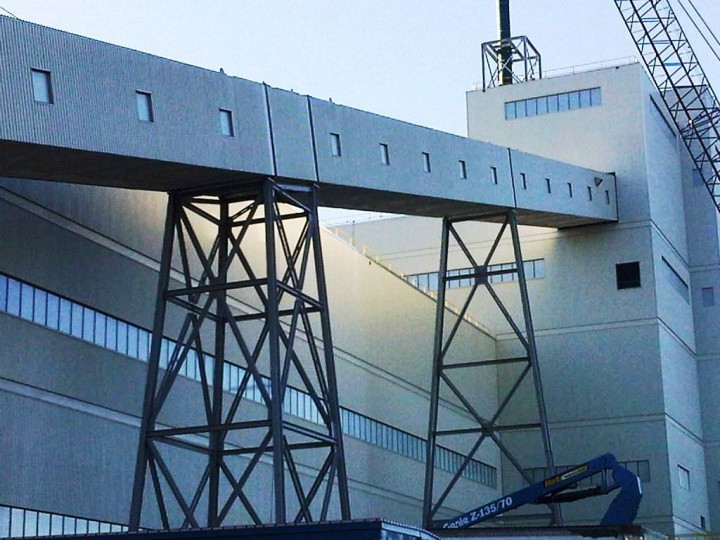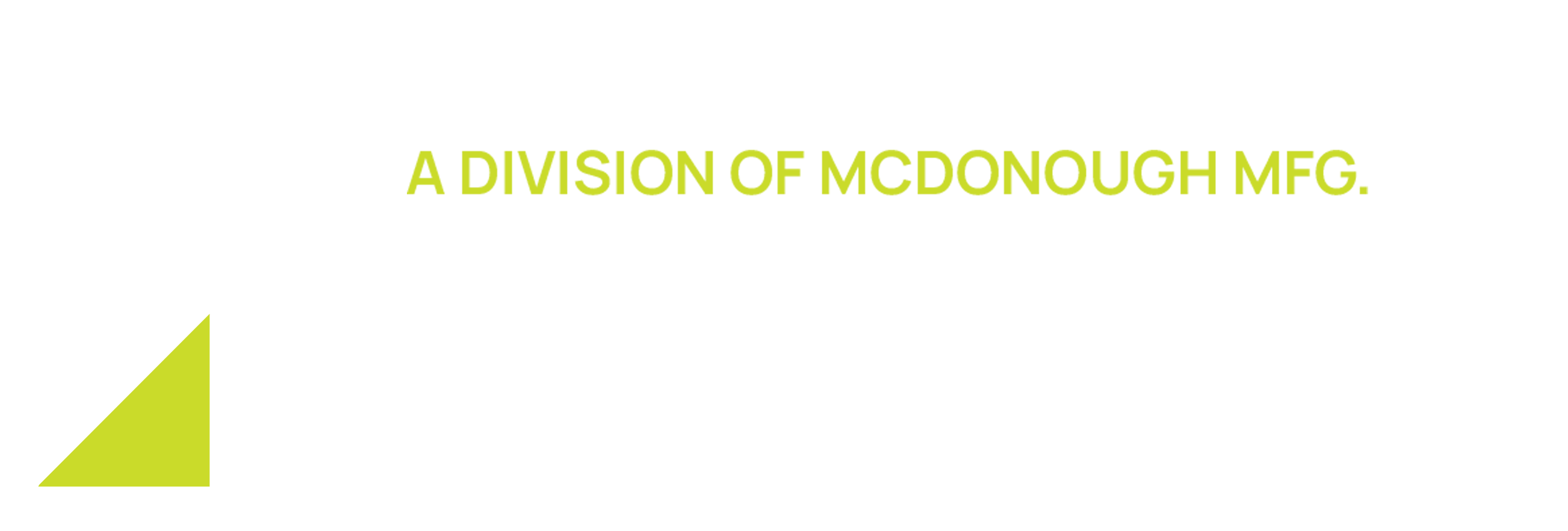
Potash Corporation: Potash & Salt Conveying System
About The Client
Potash Corporation (now Nutrien) is a producer and distributor of potash, nitrogen and phosphate products for agricultural, industrial, and feed customers worldwide. More specifically, with over 20 million tonnes of potash capacity across their six low-cost potash mines in Saskatchewan, Potash Corporation (Nutrien) is the world’s largest producer of potash. Potash is an essential mineral to all forms of plant and animal life, it is best known as a group of minerals containing potassium.
PotashCorp operated their existing Penobsquis mine for many years, however they decided to develop a new nearby deposit they named Picadilly to replace the Penobsquis operation. From 2006-2012, PotashCorp developed the Picadilly mine.
The Client Problem
Potash is mined from deep underground deposits left by ancient inland seas. Such underground potash deposits like Picadilly can span a distance of approximately 10 km. Conveyors are the most effective way to convey material throughout the mine and to the production shafts, and from the production shafts to the processing plant. This is where BID Canada enters the picture, to solve the mine’s under and above ground conveying network.
BID was tasked with handling the design and supply of conveyor belt systems that can efficiently convey materials throughout the mine. Because potash is an extremely corrosive material, BID also had to come up with a conveying system that was sealed and watertight in order to prevent corrosion. The shipment of such a massive conveyor system also posed a problem that BID was required to solve.
Our Work at BID Canada
Underground, BID supplied belt conveyors and related structures to carry potash ore and salt to underground bins where it is stored until transportation to the loading pocket of the shaft hoist. Potash and salt are then hoisted to the surface through production shafts where the milling process begins. BID supplied all the belt conveyors from the production shafts to and throughout the process plant.
For the expansion of both the Penobsquis and Picadilly mining sites, BID provided the design, fabrication and preassembly of almost all above-ground material handling systems. This included most belt conveyors, tripper and shuttle conveyors, insulated/cladded galleries and chutes. BID had to ensure conveyor systems could withstand the variety of materials it was being used to convey, such as raw potash, salt, pebble, and high temperature material. Some conveyor galleries were built with fibreglass flooring and fibreglass side walls in the galleries and diagonals which were sealed tight in order to prevent conveyor structural steel from corroding. Some conveyors were constructed with insulation to protect workers from the very high temperature material being conveyed.
The conveyor galleries that BID manufactured for Potash Corporation were upwards of 15ft wide and 15ft high by up to 105 ft long, weighing up to 120,000 lbs. This required BID’s team to design and build custom fixtures to attach to the galleries and transport truck to enable shipping by highway to site. Without this custom shipping method, there would have been no way to get the galleries to the mine. BID also supplied and fabricated components for underground storage silos, apron feeders and belt conveyor systems.
The Result
BID Canada successfully designed, manufactured, pre-assembled and shipped aboveground and underground conveying systems for Potash Corporation’s (Nutrien) Picadilly mine. The mining process in which BID’s conveying system enables consists first of potash being mined from the ore body. Next, conveyor belts are used to carry ore to underground bins where it is stored until transportation to the loading pocket of the shaft hoist. Potash is then hoisted to the surface through a production shaft where the milling process begins. Finally, potash is typically distributed via rail and vessel and used to help growers increase food production in a sustainable manner.




